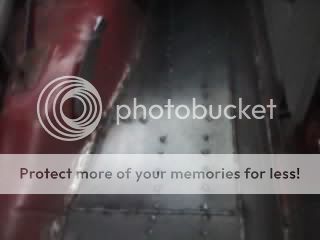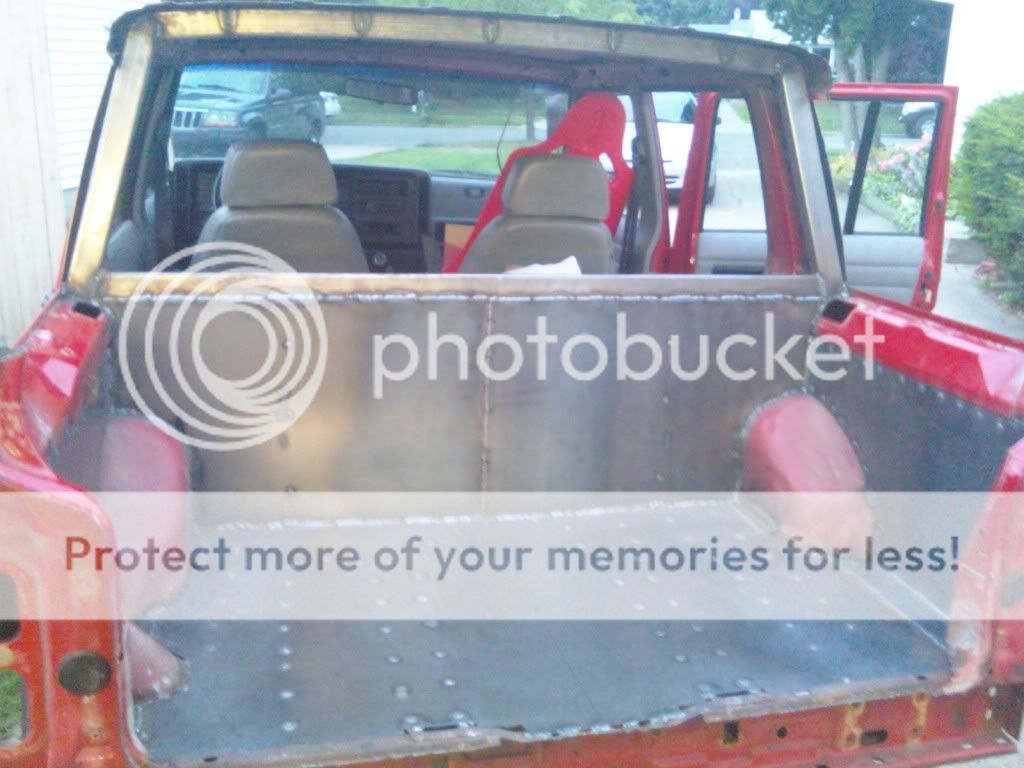AdamG8GXP
NAXJA Forum User
- Location
- Willowbrook, IL
So I got around to fixing the floors and found someone who would weld them in as a side job for pretty cheap. Now his welder sucks and it very easy to burn right thru new 18 gauge floors and there are gaps. We are putting in the new pans on top of old ones (again, cheap) and they are primed on the bottom.
I was thinking of sealing the gaps and all the way around the pans with black RTV or caulk.
What is good to use for sealing inside a vehicle to stand heat, cold, have no fumes and smell when dried (I know asphalt will melt and smell in the summer)?
Here are pic of the floor in my 1994 Cherokee Sport 4.0L, manual, 4x4


I was thinking of sealing the gaps and all the way around the pans with black RTV or caulk.
What is good to use for sealing inside a vehicle to stand heat, cold, have no fumes and smell when dried (I know asphalt will melt and smell in the summer)?
Here are pic of the floor in my 1994 Cherokee Sport 4.0L, manual, 4x4






